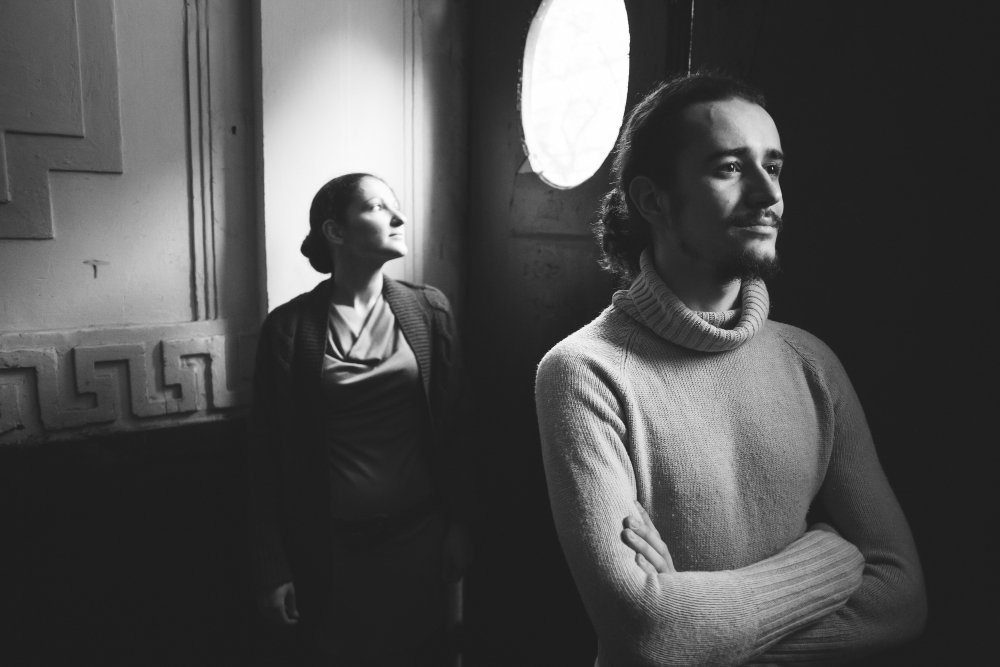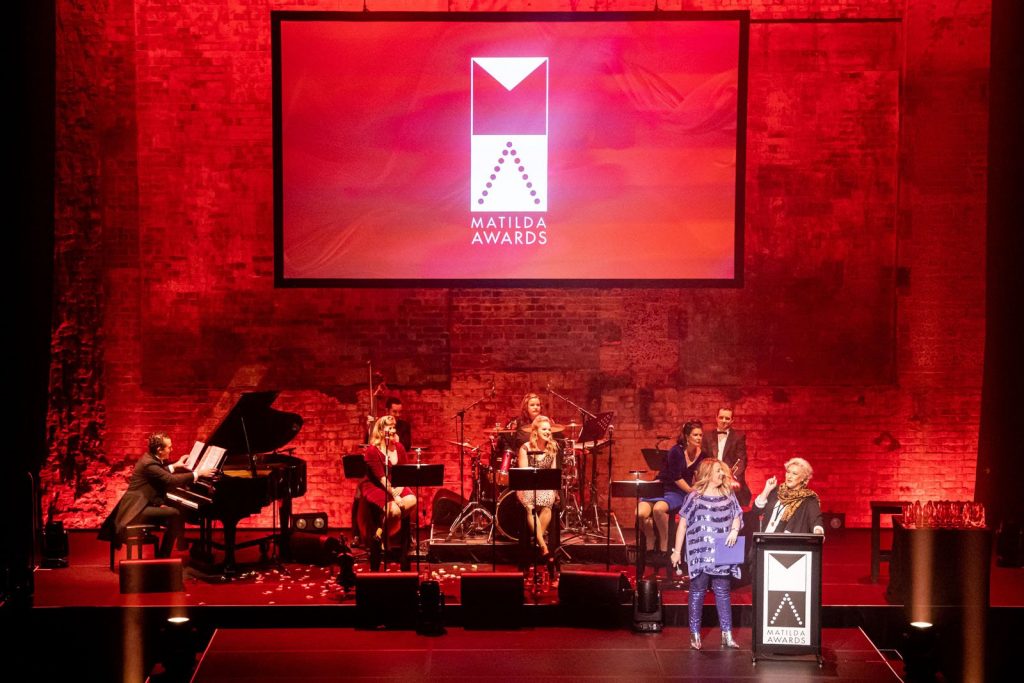
Dramatic Devices: Beats
You’re watching an intense scene between two characters. They’re arguing, voices escalating, when suddenly there’s a pause. One character looks away, takes a deep breath, and the entire energy of the scene shifts. This pause, this momentary change in rhythm, is a dramatic device known as a beat. But why do playwrights and actors use beats, and how do they shape the landscape of a performance? Let’s delve into the pulsating world of dramatic beats!
Understanding the Beat
In drama, a beat is a small unit of action or a pause that signifies a change in tactics, intentions, or emotions of a character. It’s a brief moment where something shifts – be it the mood, the direction of the conversation, or the character’s internal thought process.
Why Use Beats?
Beats play a crucial role in the ebb and flow of dramatic storytelling:
1. Pacing the Scene
Beats help in breaking up longer scenes, ensuring they don’t become monotonous. They control the tempo, creating a rhythm that keeps the audience engaged.
2. Highlighting Emotional Shifts
A beat can emphasize a character’s internal transformation or reaction, allowing the audience a glimpse into their psyche.
3. Enhancing Realism
In real-life conversations, we often pause, rethink, and change our approach. Beats capture this authenticity, making dialogue feel more natural and relatable.
4. Building Tension
Strategically placed beats can amplify suspense, making the audience yearn for what comes next.
Beats in Action
Throughout dramatic literature and performances, beats have been employed to shape and refine moments:
- Harold Pinter’s plays: Known for his “Pinter pauses,” this playwright masterfully uses beats to create tension, ambiguity, and depth in seemingly ordinary conversations.
- Tennessee Williams’ “A Streetcar Named Desire”: Blanche’s interactions with other characters are punctuated with beats, highlighting her emotional volatility and fragility.
- Improvisational Theatre: In improv, actors heavily rely on beats to react to unexpected lines or scenarios, recalibrating the direction of the scene.
The Art of the Beat
While beats are potent tools, they must be employed judiciously:
Purposeful Pauses
A beat should have a purpose. Random or excessive beats can disrupt the flow and confuse the audience.
Subtlety and Nuance
Beats don’t always have to be noticeable pauses. Sometimes, a slight change in tone, a fleeting facial expression, or a small gesture can serve as an effective beat.
Consistency in Performance
For actors, maintaining consistent beats across performances ensures that the narrative retains its intended rhythm and impact.
Conclusion
Beats are the heartbeats of drama, punctuating scenes with moments of reflection, tension, and transformation. They breathe life into dialogues and steer the emotional journey of characters and audiences alike. So, the next time you’re engrossed in a play and feel the palpable shift of a scene, take a moment to appreciate the nuanced art of the beat and the pulse it adds to the world of drama!






